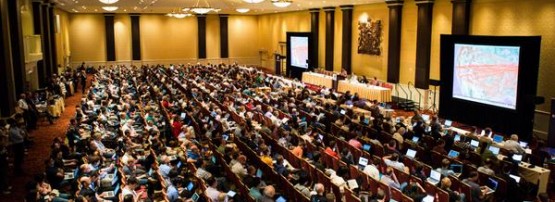
At IETF90, the technical plenary session discussed geographic and location issues as a panel session, looking into how traffic flows can be seen to cross borders because of network topology.
Jane Coffin from ISOC spoke about the work ISOC has done encouraging internet exchanges (IX) to form in developing/emerging internet economies, especially in Africa.
This has two immediate outcomes: firstly, it “keeps local traffic local”, which reduces end-to-end delay (round trip time or RTT) because data doesn’t get shipped offshore, to return into the economy reaching its local destination.
Secondly, it encourages local capacity building, and small economic investment outcomes blossom from the increase in technology hosting in the region. This has to be qualified: the issues of national internet provisioning also demand massive capital investment and can require larger non-exchange participating telco activity to allow networks to get out to the entire countryside. Internet development has to span both situations.
More information and a video here.
Antonio Gamba-Bari from UToronto presented some visualizations on the traffic using open-source mapping to indicate network topology and its variances from local geography.
Finally, Amogh Dhamdhere from CAIDA showed some of the tools they have been working on, which help with analyzing network topology and geography.
Plenary presentations are always a bit of a mixed bag: the IETF technical community is a tough audience, and hard to please. But there is something worth holding on to in the idea of inviting researchers and students to talk about their work, and give everybody a chance to reflect on the ideas. A lot of Internet technologies are about breaking down borders but in the context of the recently released IETF Routing Manifesto its worth remembering the consequences of not keeping local traffic local.
The views expressed by the authors of this blog are their own and do not necessarily reflect the views of APNIC. Please note a Code of Conduct applies to this blog.
